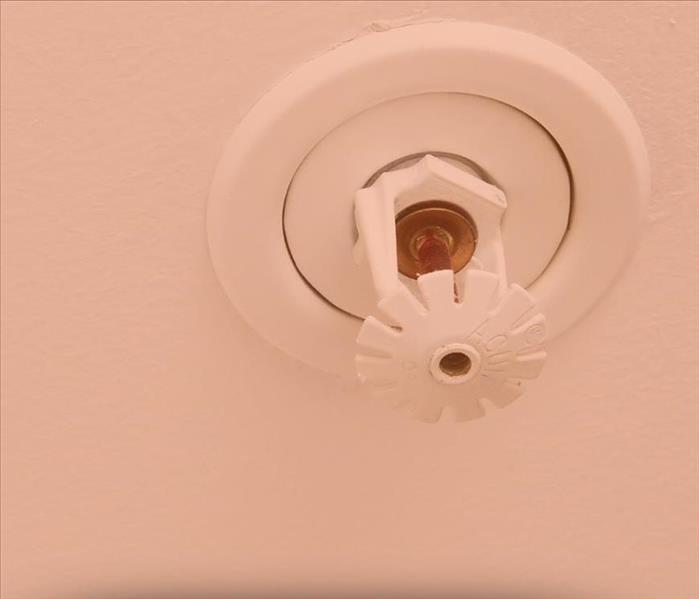3 Critical Steps in Fire Sprinkler Maintenance
1/10/2019 (Permalink)
In many cities across the country, fire sprinkler systems are mandatory to minimize damage and threat posed by commercial fires. And with good reason: Within minutes, these sensor-operated tools can pour hundreds of gallons of water onto a breaking fire. But these defense mechanisms are only as useful as they are operational. Is your fire suppression system ready for action? Learn three ways to ensure your Carpentersville,IL, system is ready to go if the worst happens.
A sprinkler system is mechanical in nature, which means it includes a variety of elements that need to be monitored often.
Some of The Main Areas for Maintenance Include:
- Valves
- Pump units
- Sprinkler heads
- Gauges
If trouble is going to arise, these are some of the main places it will happen.
Gauges
At least weekly, look at the gauges on your system. You’re looking for signs of pressure problems. Air and water reads should be normal and there should be no signs of physical damage. This is critical because pressure is a big part of what allows a fire sprinkler to work, should a blaze erupt.
Valves
Inspect valves frequently to ensure they haven’t been tampered with or closed. National fire organizations estimate that as many as two-thirds of fire mishaps can be linked to sprinkler valves locked in the closed position. Consider lockout devices if you find valves are accidentally getting closed.
Sprinkler Heads
Each month, these should be checked. You’re looking for signs that sprinkler heads don’t match plans, are chipped or otherwise damaged. More importantly, you want to make sure they’re not obstructed, creating a literal barrier to putting the fire out.
Fire sprinkler systems are responsible for saving commercial businesses thousands of dollars annually in fire damage, with only minimum fire sprinkler cleanup costs. Make sure yours are operational to ensure you can experience the benefit.

 24/7 Emergency Service
24/7 Emergency Service
